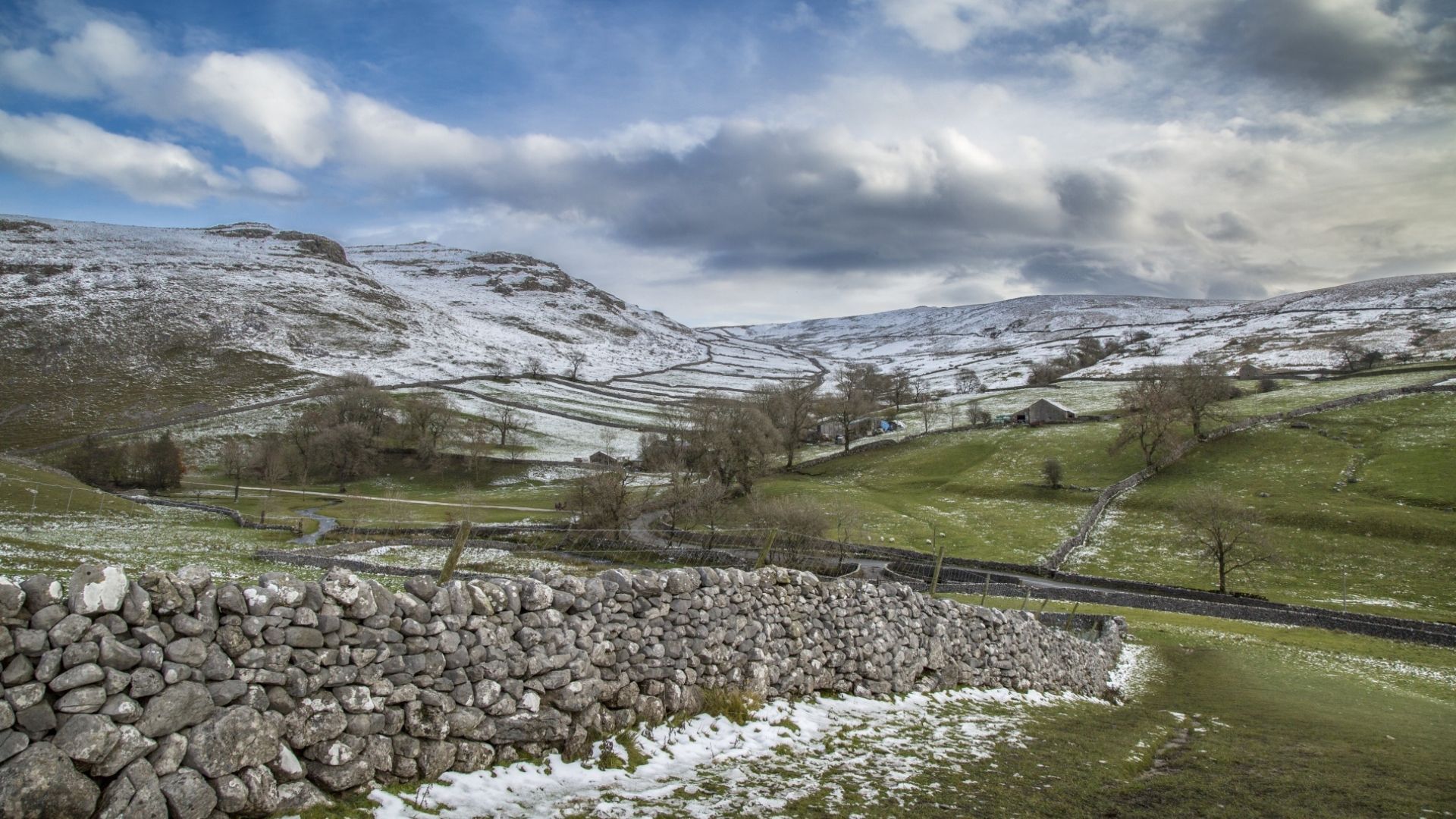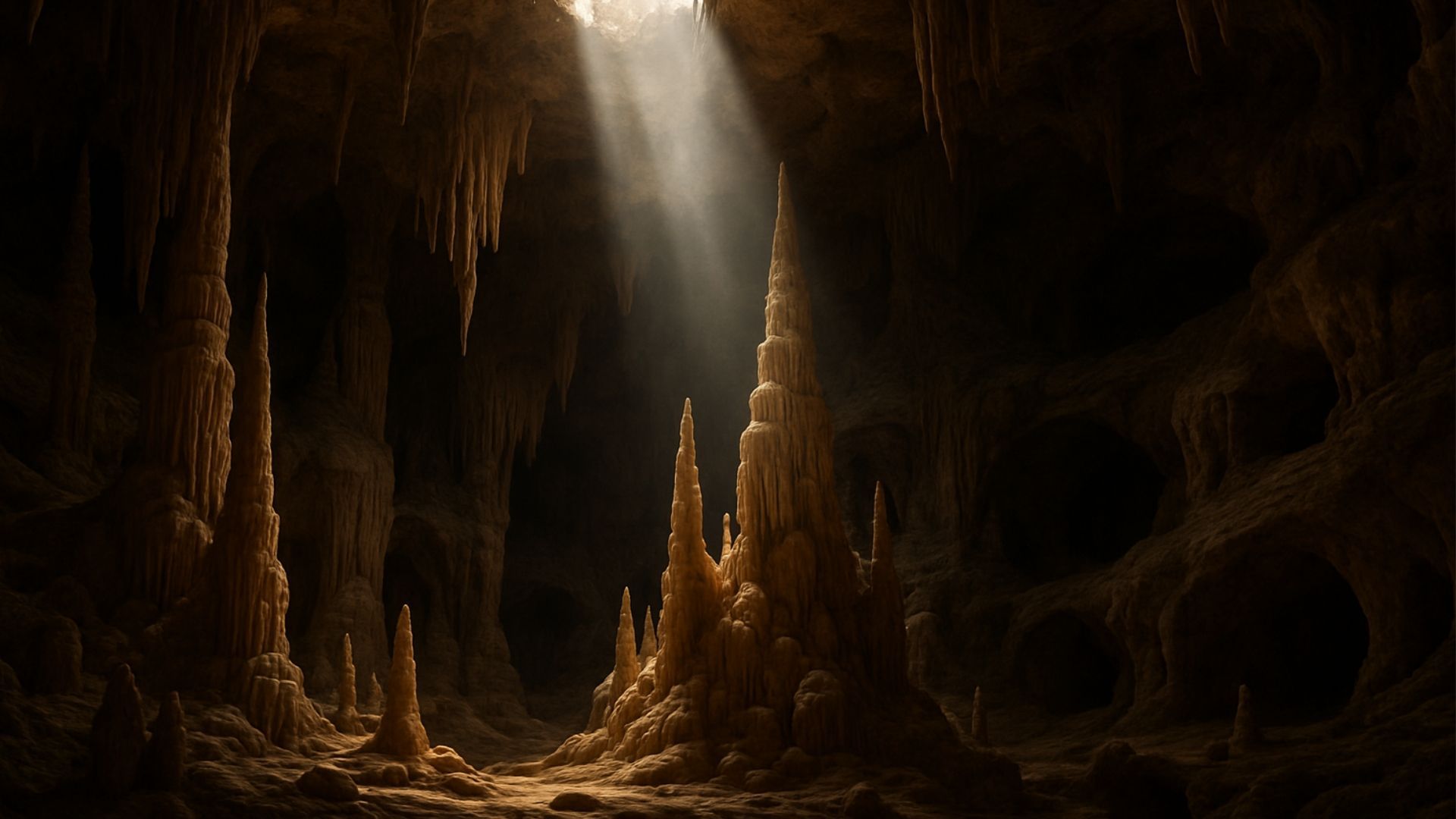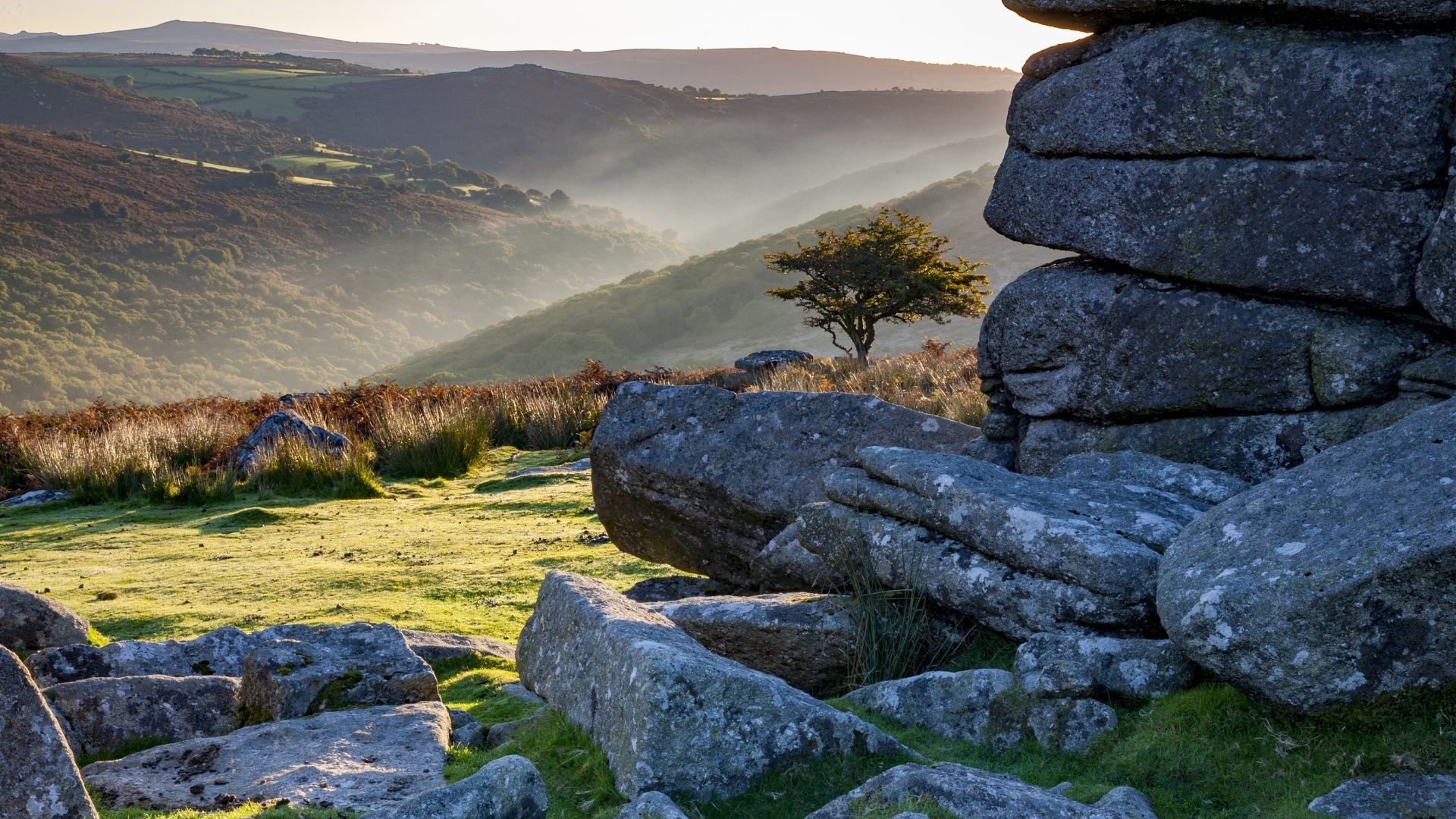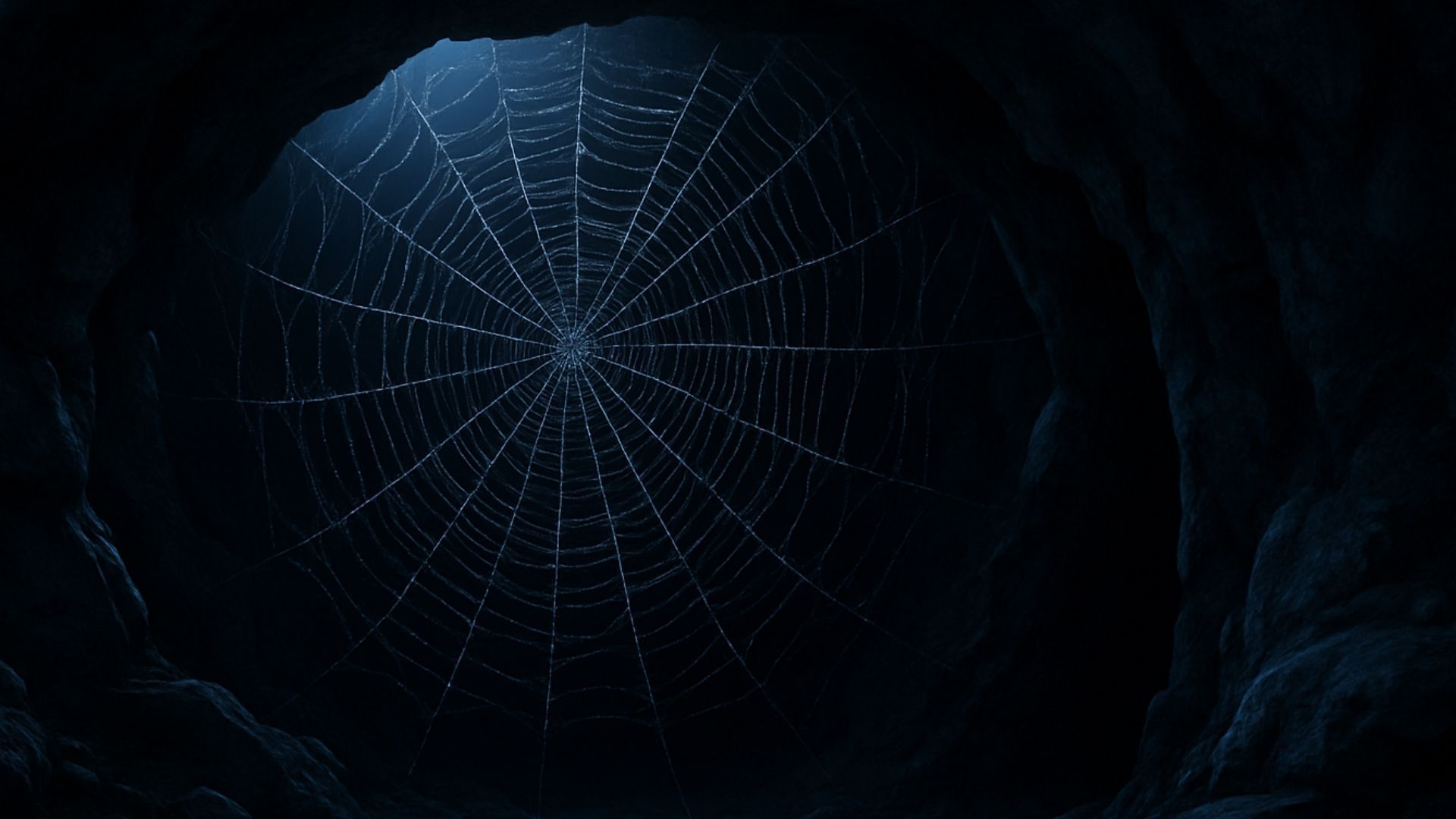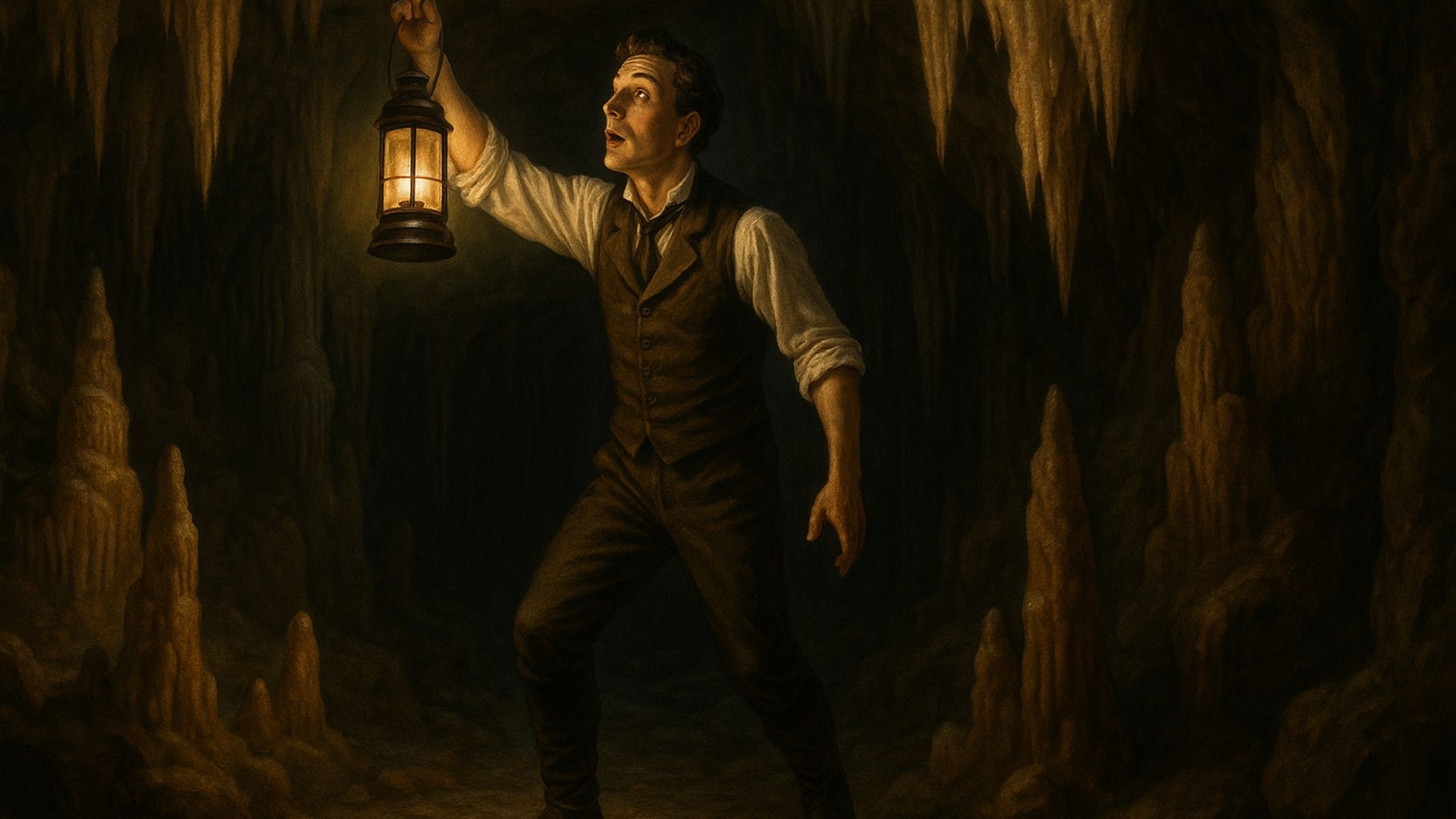Bioluminescent caves are real – and they might just blow your mind
The natural world is full of jaw-dropping sights. Explore the shimmering world of bioluminescent caves.
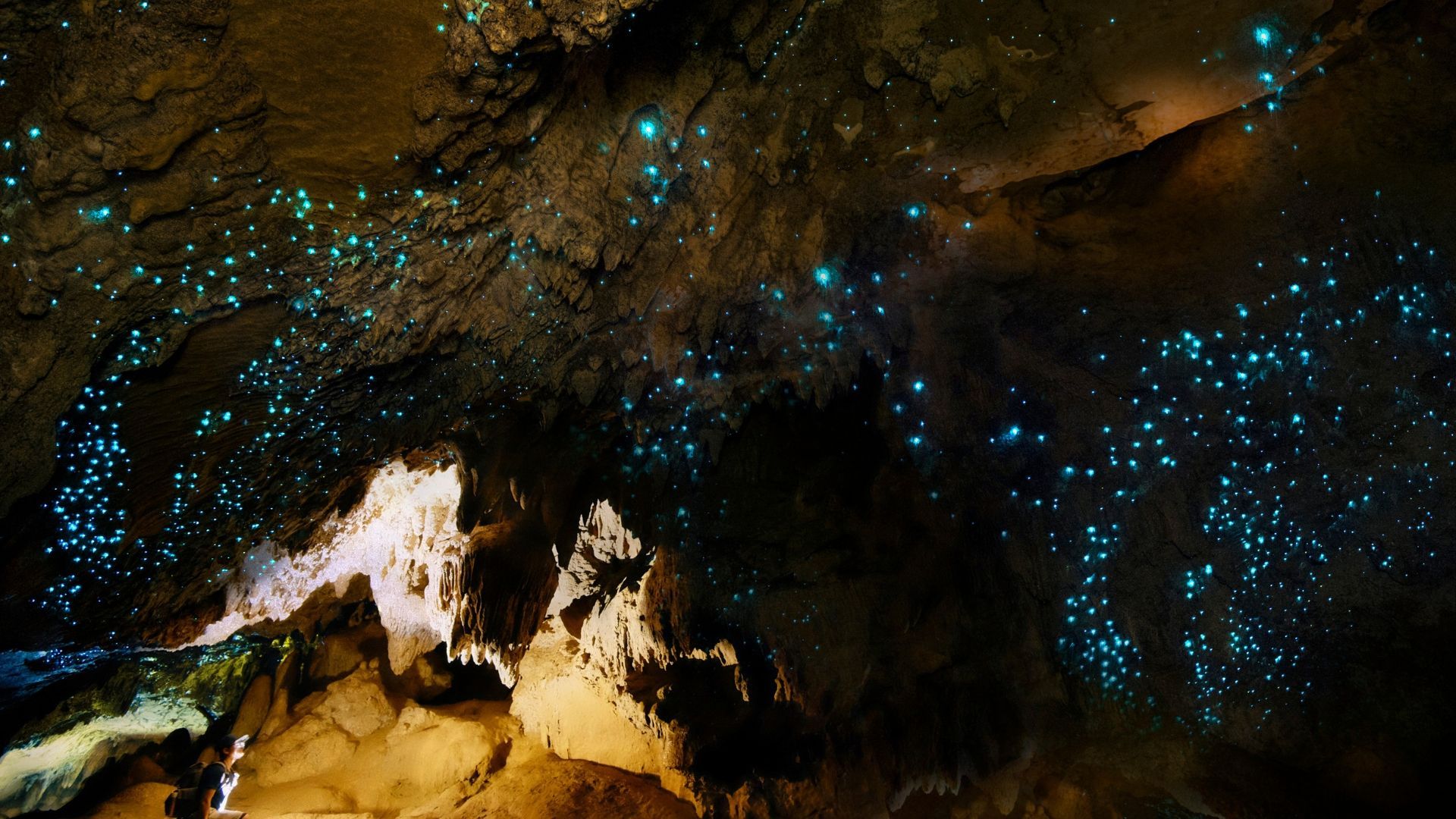
Have you ever seen glowworms on a summer's night? These flying insects, described by the poet Andrew Marvell as "living lamps", have a remarkable quality: they're bioluminescent.
"Biolumi-what?" you might ask. The concept, however, is as simple as it is amazing. It refers to the ability of some organisms to emit light created in their bodies by a chemical reaction.
If humans were bioluminescent, we wouldn't need to carry torches or bother with artificial sources of light. We, too, would be living lamps, lighting our way without any need of external light.
The world is full of bioluminescence – not just glowworms and fireflies but also ocean-dwellers including fish, bacteria and jellies. Plant life, too, can be bioluminescent. Algae, for instance, can make bays light up in the dark with a ghostly glow.
So, how about caves? Can they glow in the dark, too?
Well, yes and no. Caves are most often made out of limestone – and limestone doesn't have any bioluminescent properties. Instead, it
fluoresces,
revealing delicate veins and textures under ultraviolet light.
There are, however, a handful of amazing caves around the world that are filled with glowworms and other bioluminescent creatures. The result is a cave that glows, shimmers and sparkles like the night sky. Here are three of the best.
1. Waitomo Cave, New Zealand
About 140 miles south of Auckland, on New Zealand's North Island, lies a cave so full of glowworms that it's marketed as "Waitomo Glowworm Cave".
The cave is an example of the astonishing overlapping time frames that make up our planet. The caves themselves are some 30 million years old. The native species of glowworms (Arachnocampa luminosa in Latin) has a lifespan of just over a year.
They were first discovered in 1871 in a gold mine near Auckland. Today, they spangle the walls of Waitomo Cave like constellations.
Those silky strands, however, aren't quite as dreamy as they seem. They're made of mucus and covered in sticky droplets. Insects are drawn to the glow before getting reeled in and consumed by the glowworms.
Visitors can take a boat ride to explore the caves and see these beautiful death traps. Along the way, many of the guides share stories from Maori culture.
2. Waipu Caves, New Zealand
Waitomo Cave is well worth a visit – but many, many people have got the memo. This makes it a busy tourist attraction all year round.
Waipu Caves are an altogether quieter affair. And, unlike Waitomo, they're free to enter and can be explored independently.
The first chamber is filled with gorgeous stalagmites and stalactites – those rock formations that give many caves their otherworldly quality.
The glowworm cavern can be accessed through a series of chambers. Visitors should expect wading through streams, some clambering and a fair bit of mud. The natural display that awaits, however, makes the possibility of wet feet worthwhile.
Before you go, it's important to think about safety. Because the caves are unguided, you're responsible for staying safe. This means you should never go alone and should always check the weather in advance. The inner chambers also require some caving expertise.
3. Dismals Canyon, Alabama, USA
Dismals Canyon is a natural area near the town of Phil Campbell, Alabama. It's a rugged sandstone gorge filled with grottos, waterfalls, natural bridges and boulders – an area beloved by hikers and campers alike.
It's also one of a handful of places in the world where you can see dismalites. They thrive here thanks to the high humidity created by the dense tree cover. These are the larvae of
Orfelia fultoni, a type of bioluminescent fly closely related to fungus gnats.
These tiny creatures emit a blue-green light from their heads and tails to attract and ensnare their prey (mostly mosquitoes). Visitors can't see this natural process in action. Instead, they see a constellation of stars shining from the canyon's rock faces.
If you want to see the dismalites in action, you can book a place on a guided night tour. These take place from late April through May and September through October.
Fluorescent adventures at Stump Cross Caverns
Here at Stump Cross Caverns, we're proud to be custodians of a network of ancient chambers and passageways. Visitors can explore the stalagmites, stalactites and curious rock formations all year round.
But we also offer a
fluorescent adventure. We give you a torch that emits ultraviolet light. When you shine it on the cave walls, they glow a purplish colour. The surfaces come alive, revealing veins and other textural details that aren't visible to the naked eye.
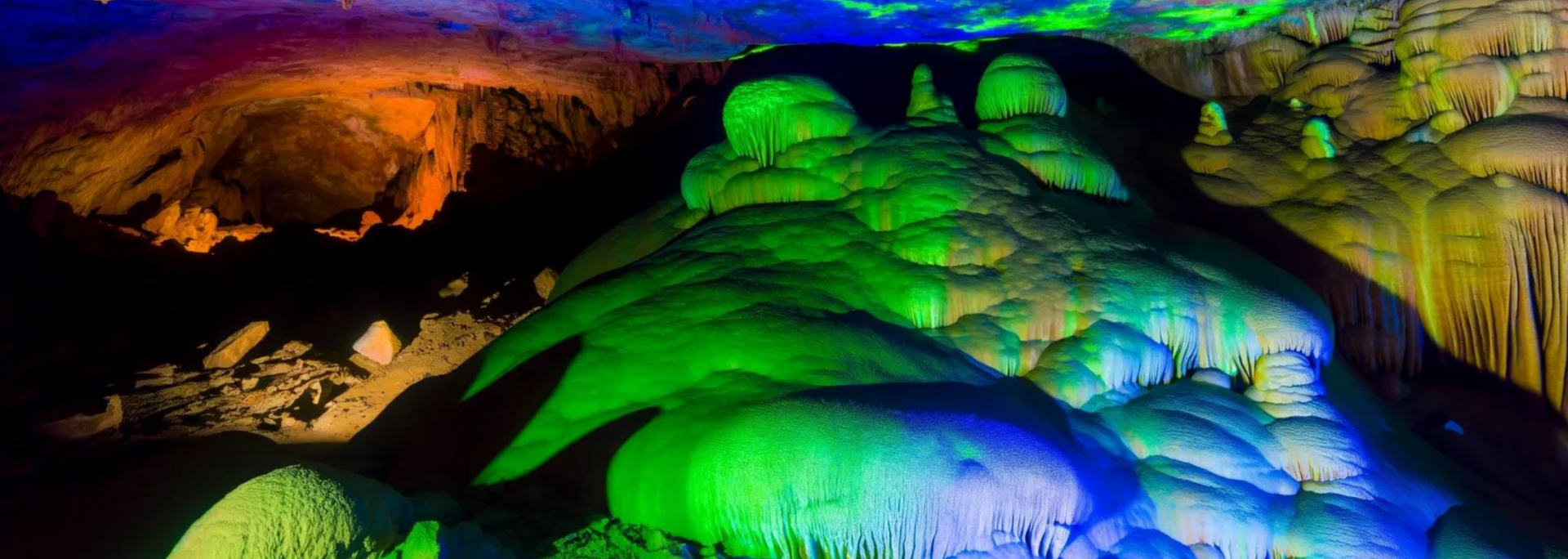
This is because the calcite in the rock absorbs and re-emits the ultraviolet rays. It's an unforgettable experience that lets you see the caves, quite literally, in a new light.
It's just one example of what we offer here at the caverns. We look forward to meeting you deep underground!
What is bioluminescence?
What is bioluminescence?
Bioluminescence is when an organism produces and emits light. This is because of a chemical reaction inside them. It can be seen in marine life, some fungi, bacteria, and insects like fireflies and glowworms.
What's the difference between bioluminescence and fluorescence?
Bioluminescence is a type of chemiluminescence – the production of light within a living organism because of a chemical reaction. It doesn't require any external light.
By contrast, fluorescence doesn't involve a chemical reaction. Instead, a fluorescent material, object or organism absorbs and then re-emits external light.
What's the difference between glowworms and fireflies?
Glowworms and fireflies are both types of bioluminescent beetles. Glowworms are often wingless. Adult female glowworms light up to attract males. Fireflies, by contrast, usually have wings and can turn themselves on and off to attract mates.
You won't find any bioluminescent caves in the UK – but our glowing cave experience is just as magical. Join us in the Yorkshire Dales for a day out you won't forget. It's easy to book your UV cave tickets online – and if you book for the last hour of the day, you'll get 25% off!

